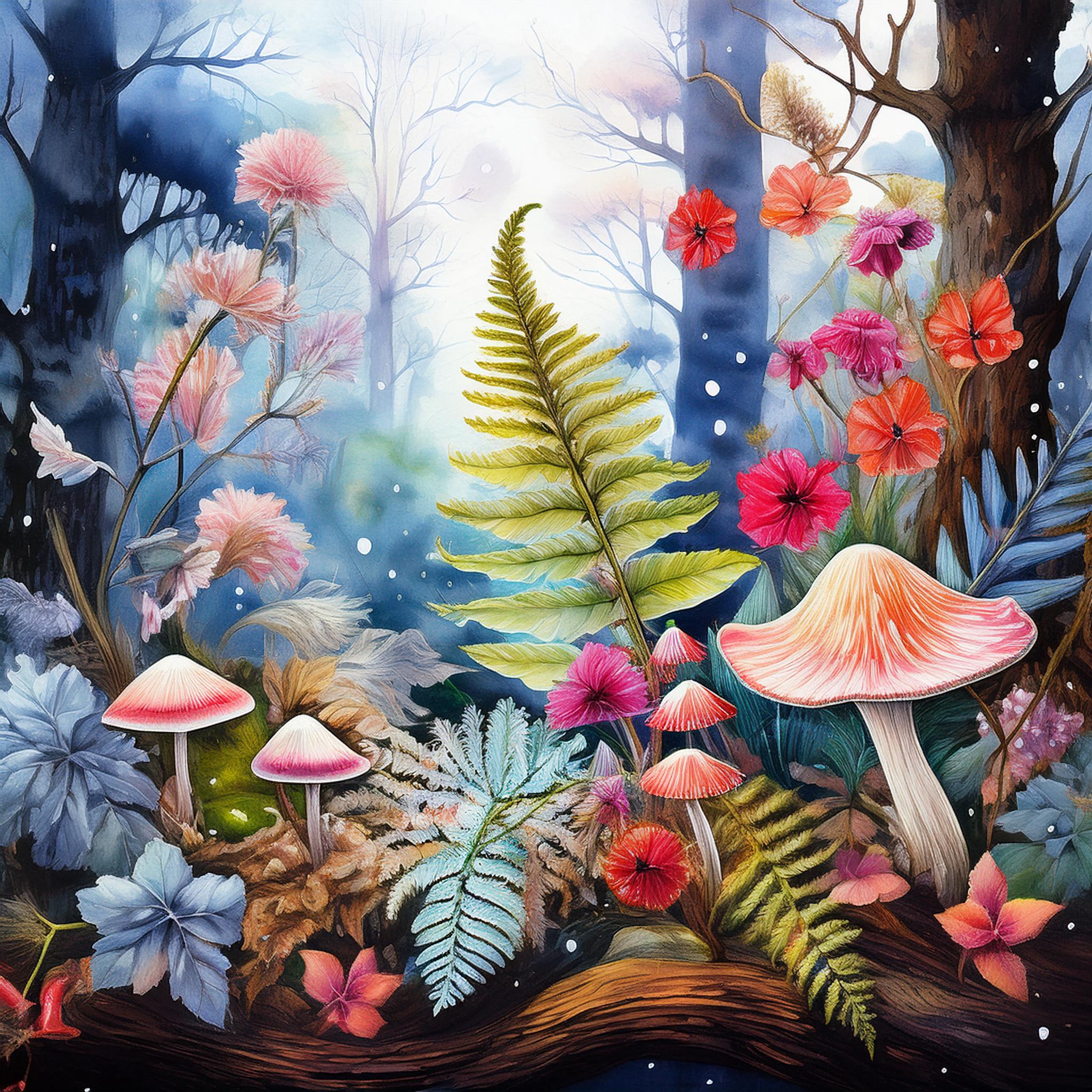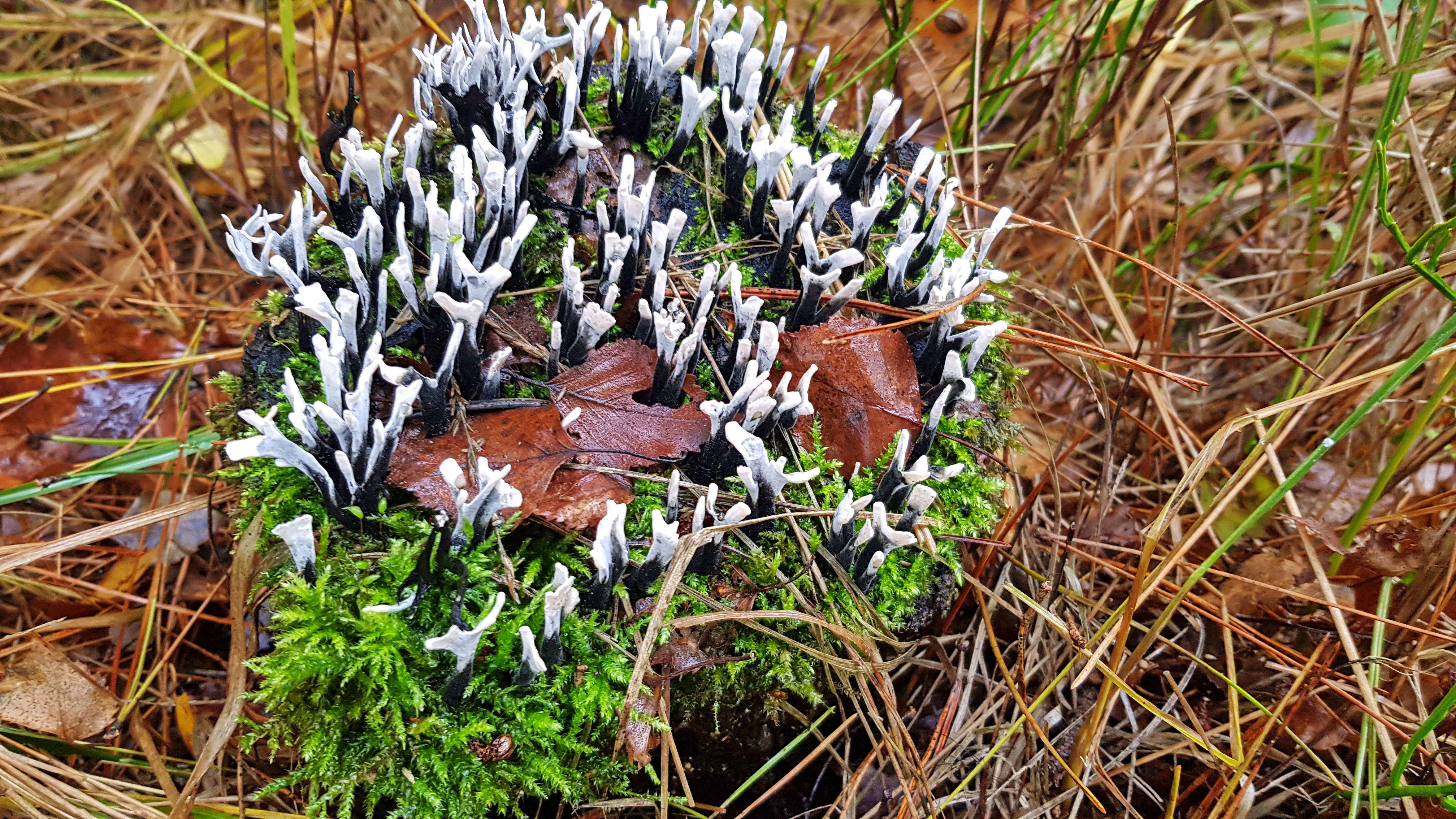Save the Date! On February 25th, explore the fascinating world of ferns and fungi. Discover the rich folklore and unique characteristics of winter's most resilient ferns, from the male fern's "lucky hands" to the heart-soothing hart's tongue fern. Learn about the diverse fungi that thrive in London's woodlands, from the artist's fungus to the striking scarlet elf cup.
Join us for an intriguing journey through the hidden wonders of winter's flora. Whether you're a nature enthusiast or simply curious about the natural world, this article will captivate and inspire you.
The most commonly noticed wild ferns in woodland now are the broken winter worn fronds of the male fern Dryopteris filix-mas. After bracken, it is the most common fern in Britain, with the advantage that it remains green all winter. This unusual feature, coupled with the fact is does not have any visible seeds, meant that in the past it collected a rich folklore. If all the fronds except five were cut off a developing rootstock, you were left with what looked like an arthritic hand. In medieval times, these cut rootstocks were sold as necklaces to ward off enchantments. They were called “lucky hands” and “lucky fingers” with even dried pieces of the rhizome being bought to eradicate tapeworms.
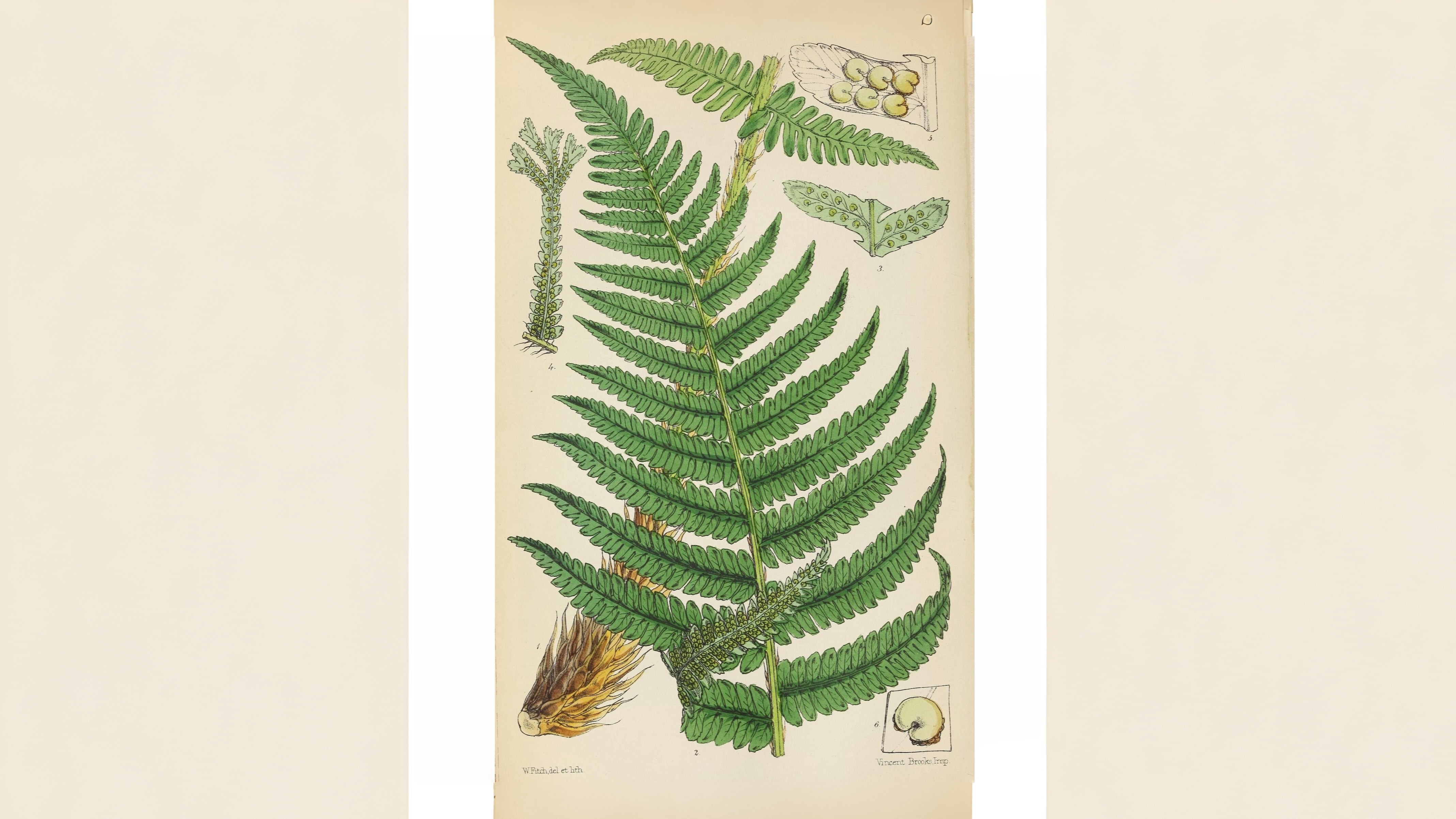
In the Victorian period with their craze for ferns many different varieties and forms were collected for their damp and shady gardens. Favoured genera included the maidenhair ferns Adiantum, Lady ferns Athyrium, Hart’s tongue ferns Phyllitis, Male and Buckler ferns Dryopteris, Polypodys Polypodium, Shield ferns Polystichium, Spleenworts Asplenium, Hard ferns Blechnum and Royal ferns Osmunda.
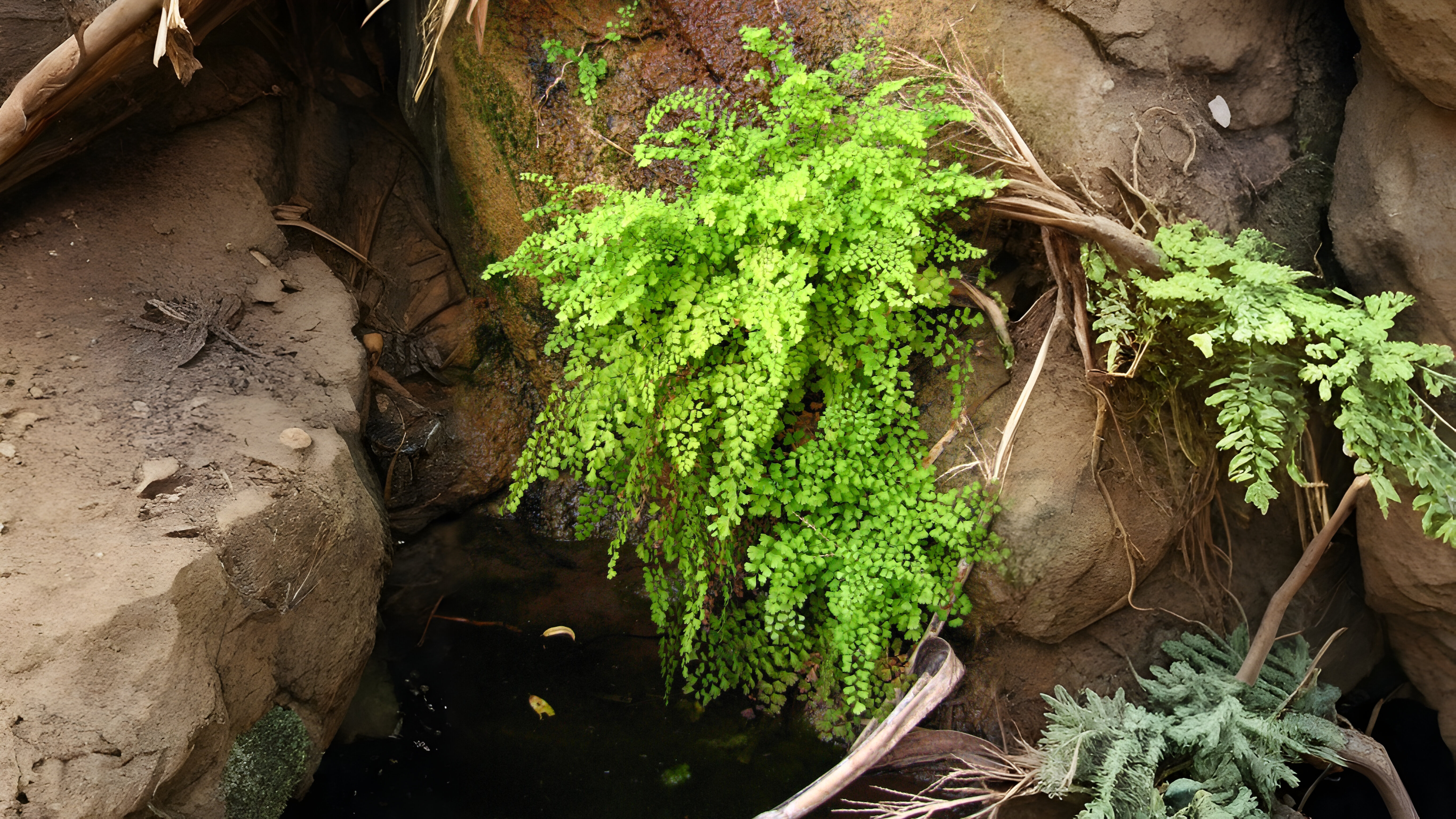
Fortunately, examples of all these genera can still be found in London and not necessarily restricted to gardens.
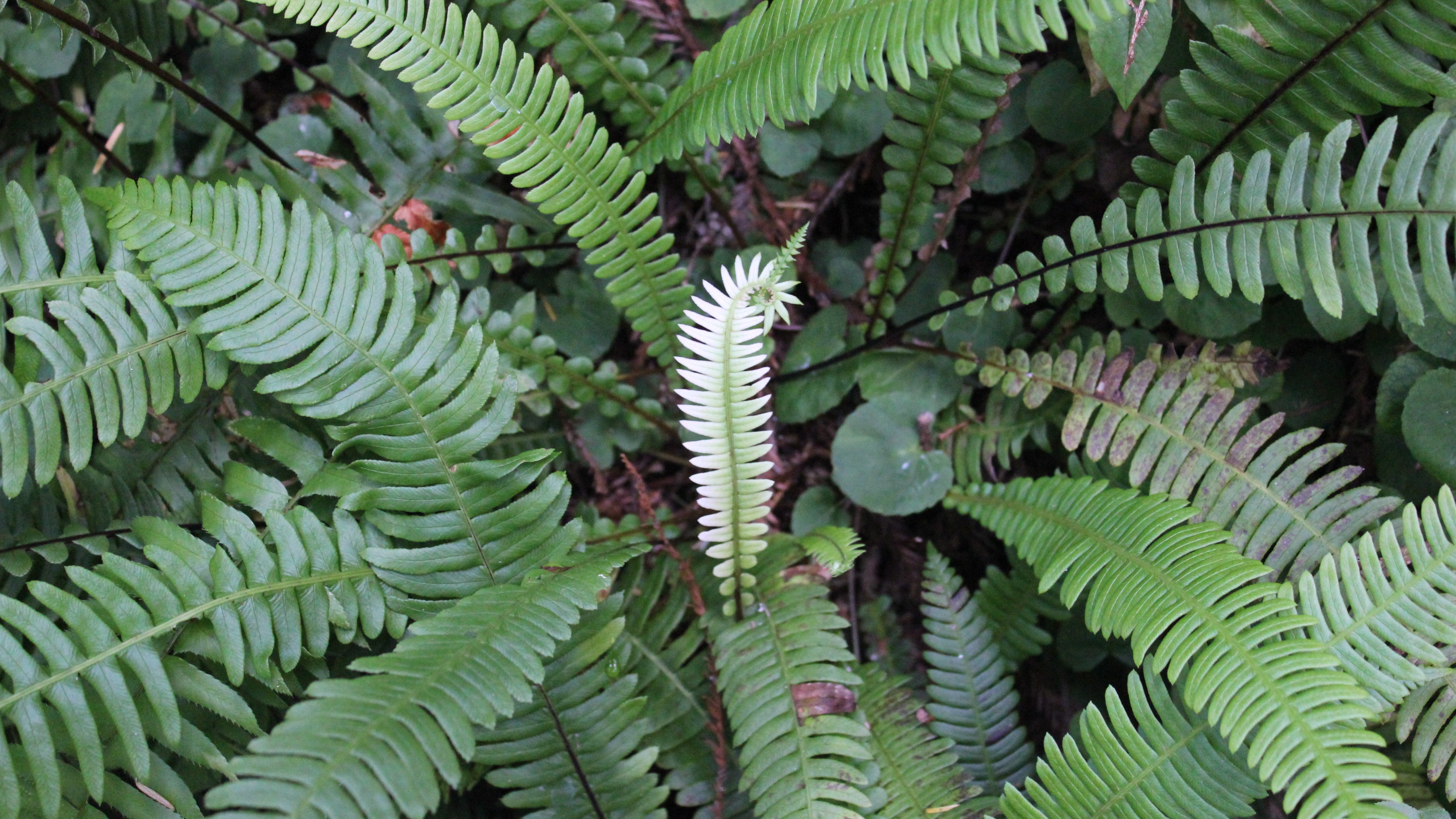
A small group of different winter hardy ferns can be found in Norbury Park where there are good displays of another species which is green throughout the whole winter, the harts tongue fern Phyllitis scolopendrium. Culpepper tells us this was very good for dealing with passions of the heart. Other less common wild ferns to be found there are the hard shield fern Polystichum aculeatum and the soft shield fern P. setiferum. On walls near Norbury Park, wall rue Asplenium ruta-muraria can also be found. This was thought to cleanse the blood, consequently giving the recipient a good colour.
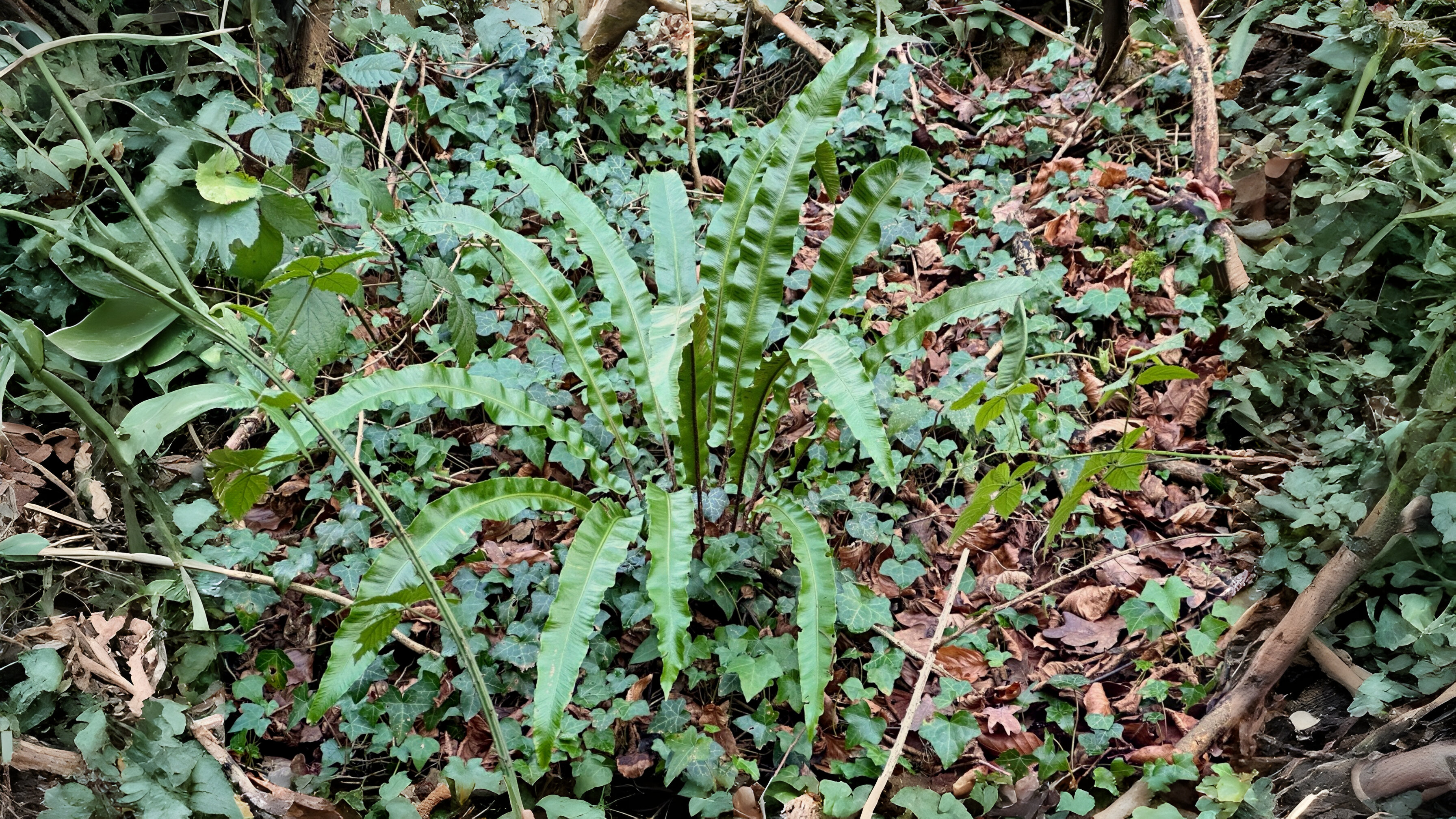
The most commonly seen fungi around London this month are usually the remnants of old bracket fungi such as the birch polypore Piptoporus betulinus, artist’s fungus Ganoderma applanatum and grey bracket Phellinus igniarius. Other large fungi may have started to grow their enormous fruiting bodies e.g. dryad’s saddle Polyporus squamosus, the cauliflower fungus Sparassis crispa and hen-of-the-woods Grifola frondosa.
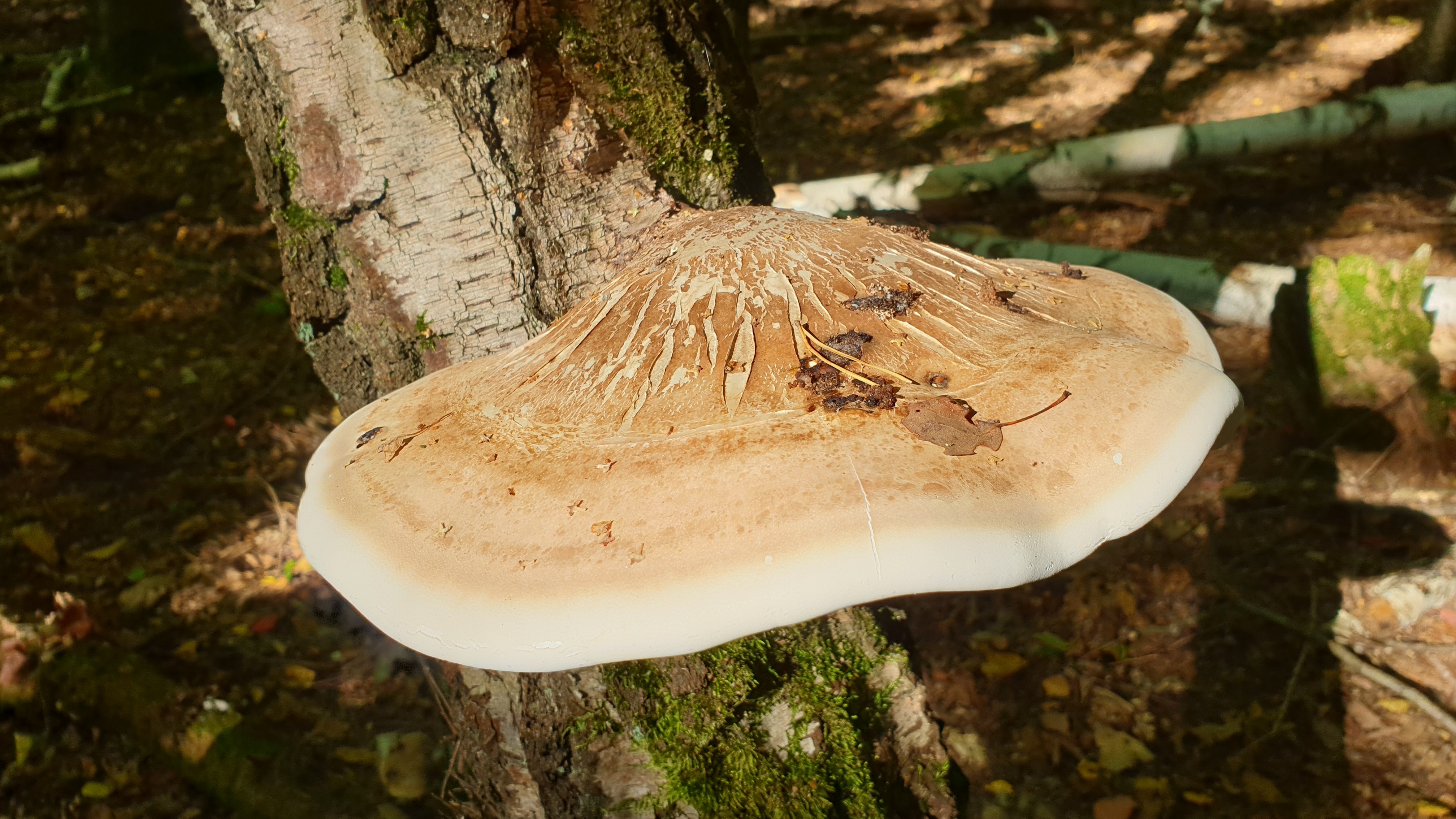
More common fungi making regular appearances as they did last month are sulphur tuft Hypholoma fasciculare, Jew’s ear Auricularia auricula-judae, the tripe fungus A. mesenterica, coral spot Nectria cinnabarina and oyster fungus Pleurotus ostreatus. Less common species only seen occasionally, and then usually in small numbers, include the orange peel fungus Aleuria aurantia, scarlet elf cup Sarcoscypha coccinea, yellow brain fungus Tremella mesenterica, candle snuff Xylaria hypoxylon,
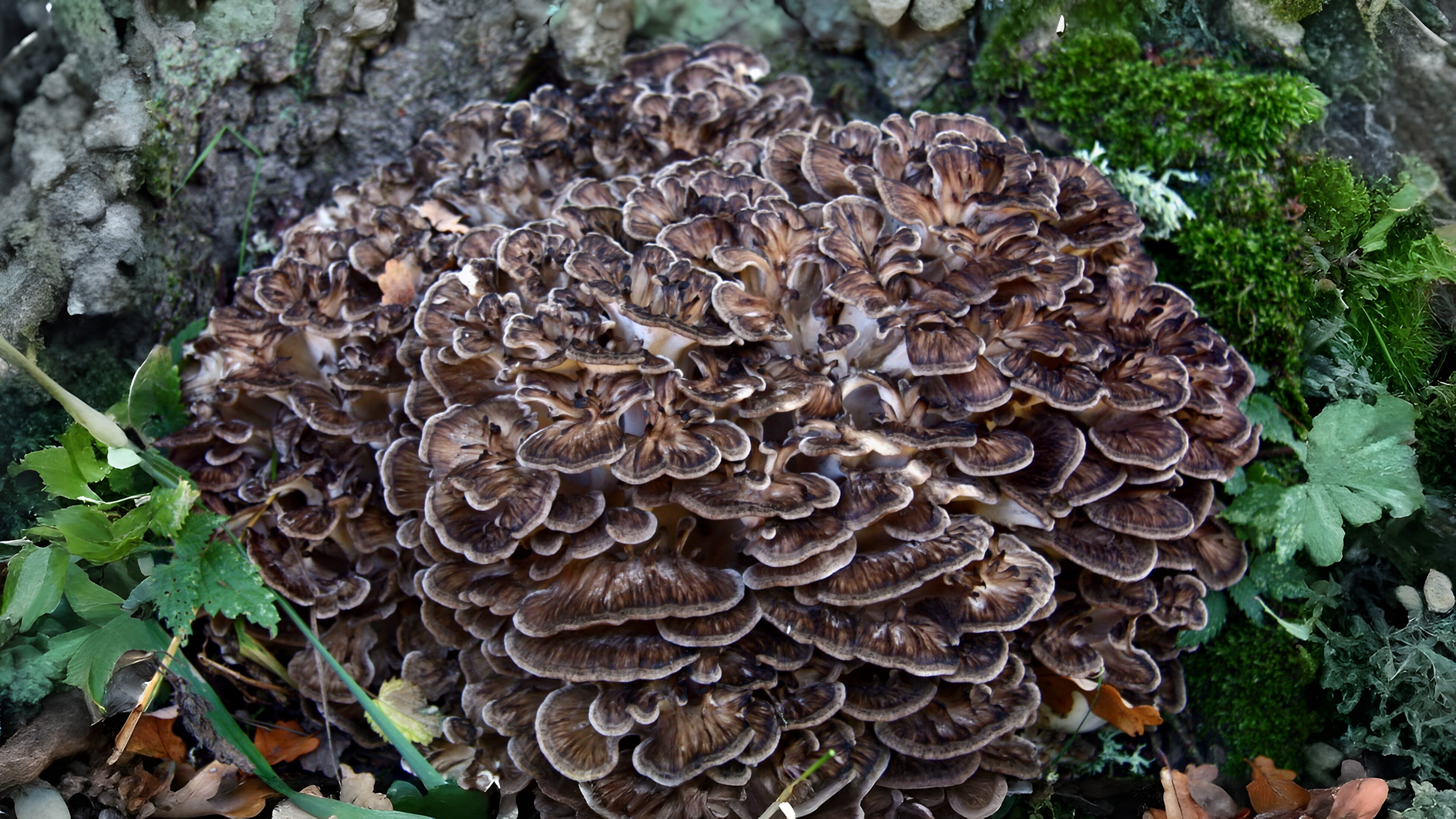
glistening inkcap Coprinus micaceus, aniseed toadstool Clitocybe odora, dung roundhead Stropharia semiglobata, deceivers Laccaria spp. horsehair fungus Marasmius androsaceus, wood blewit Lepista nuda, scurfy twiglet Tubaria furfuracea, many-zoned polypore Coriolus versicolor and some bonnets (Mycena spp.) Being so hard and solid, King Alfred’s cakes Daldinia concentrica seems to be a fixture every month of the year. This species is unusual in that it only ejects its spores at night.
